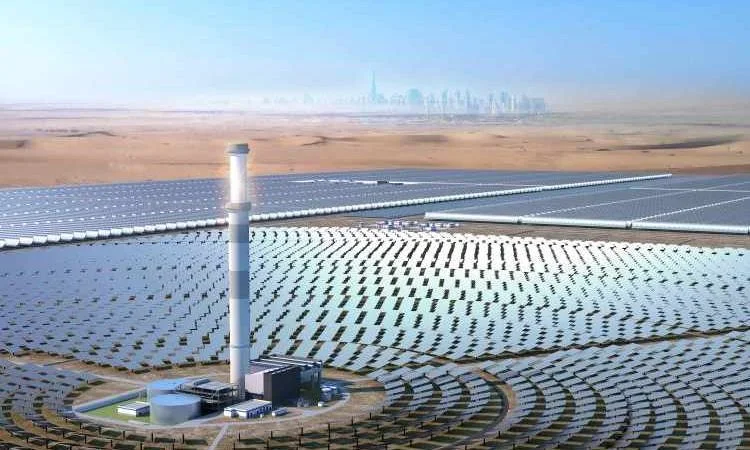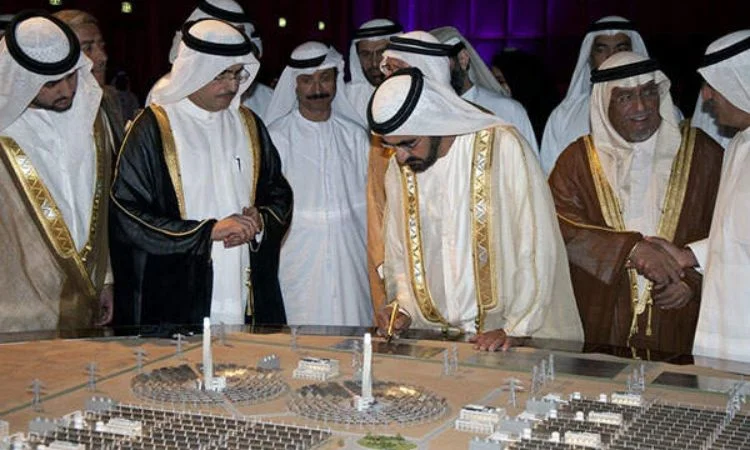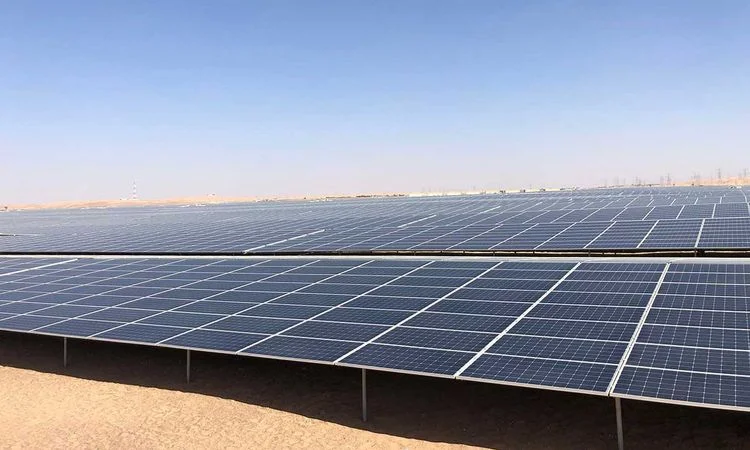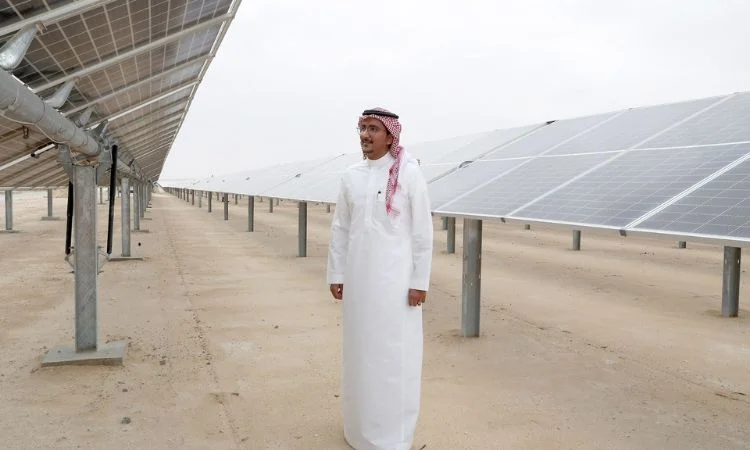As the largest CSP plant globally, Dubai’s new solar project will be transformative for tapping green finance flows and transitioning to renewable energy powered economic growth. With a $1.5 billion price tag, it demonstrates the considerable funds required for energy systems to decarbonize worldwide.

Attracting Global Green Finance
Already, the project has attracted international project financiers, insurers and institutional investors keen to capitalize first-mover assets in the GCC’s renewable sector. Being seen to consistently complete giga-scale projects is lowering country risk perceptions, strengthening the longterm viability of the UAE’s emerging solar and hydrogen industries for global players.
Investment funds focused on sustainable infrastructure will be eager to participate in associated SunCorridor solar parks and green hydrogen ventures unlocking multiple gigawatts of capacity. Total capital projected to flow into Dubai’s renewable sector through 2030 is estimated at $50 billion.

Boosting Private Sector Solar Adoption
At commercial operation, the world-beating sizescale is expected to drive down wholesale power costs from solar below existing gas rates. This grid parity unlocks vast private sector opportunities across industries seeking stable longterm electricity supply agreements from clean sources. Power purchase agreements will stimulate over 1GW of additional behind-the metre corporate rooftop solar by 2027.

Driving Cost Competitiveness of Utility-Scale Solar
Reaching cost competitiveness without subsidies vastly accelerates the economics for standalone solar farms and accelerates buildout targets. Billions in fossil fuel subsidies can instead support green industrial policy like SolarZones providing low-carbon competitive advantages. New solar jobs are projected to exceed 50,000 by 2030.
Hedging Against Volatility in Global Energy Markets
By diversifying away from imported liquefied natural gas dependence, Dubai fortifies energy security through economic turbulence and geopolitical upheavals roiling global gas prices. Long-duration solar plus storage provides fixed hedged power at lower risk levels than fluctuating hydrocarbon fuels prone to supply disruptions.

Monetizing Energy Storage as a Service
Thermal energy storage capacity of 5.9GWh allows exploiting intraday and interday electricity rate arbitrage across markets. Excess storage infrastructure creates innovative “battery-as-a-service” revenue streams through third party utilization, capacity ownership transfers and securitized green bonds.
Transitioning to a LowCarbon Economic Growth Model
Dubai’s solar flagship demonstrates the strategic long term economic logic and financial viability of renewable investments that appreciate in tandem with an economy’s structural transition to sustainability. It provides a concrete large-scale domestic example for institutions, businesses and households to follow suit in upcoming years.
By successfully navigating the significant financing, offtake and technical challenges to complete this unprecedented project, Dubai has accelerated renewable deployment pathways across the Gulf and MENA as a regional firstmover. The new plant will pay ongoing economic and investment dividends for decades.















